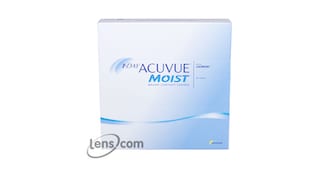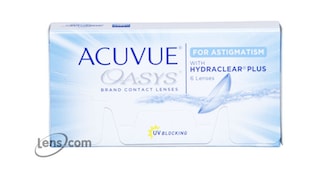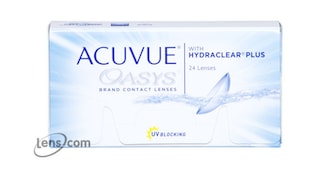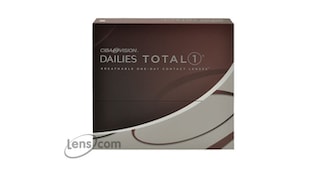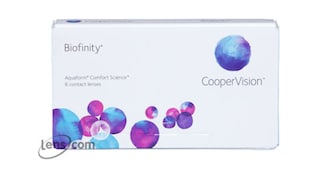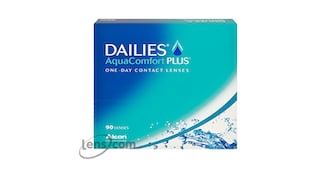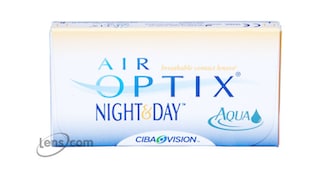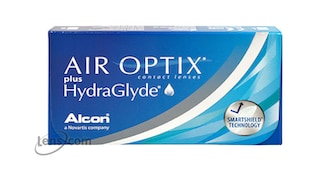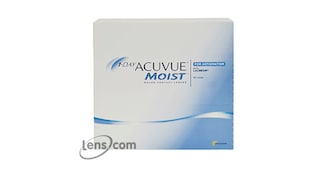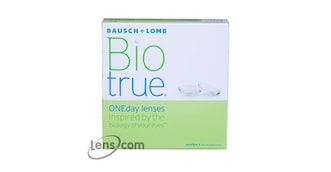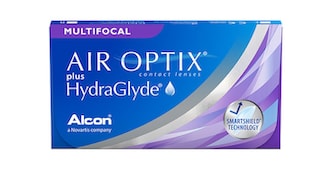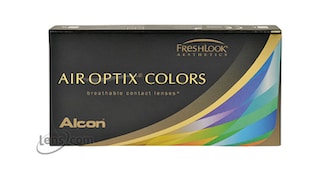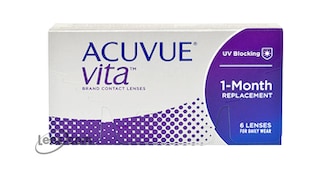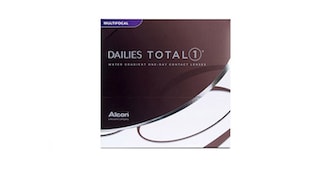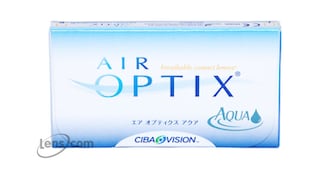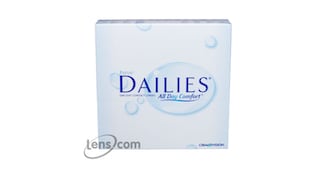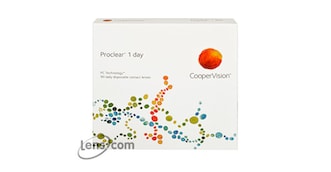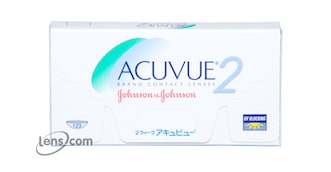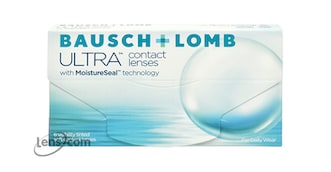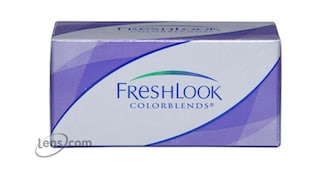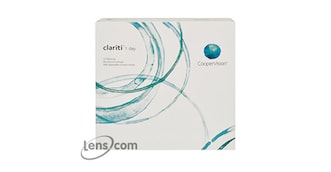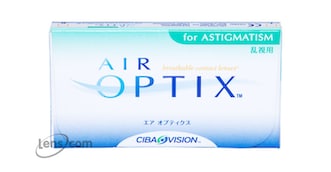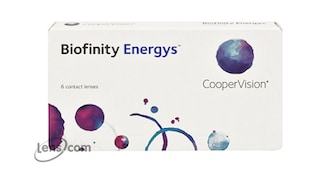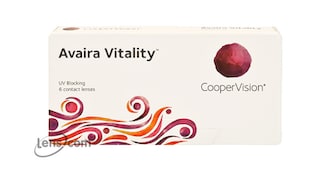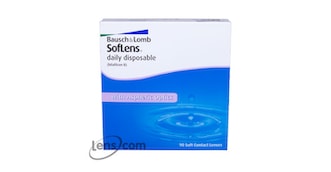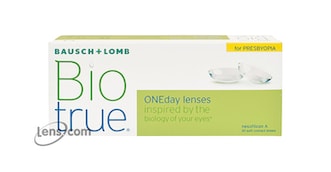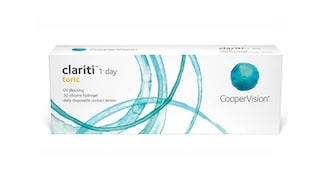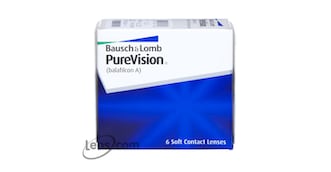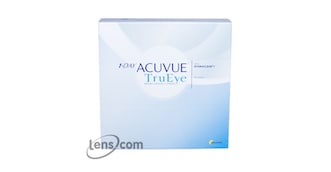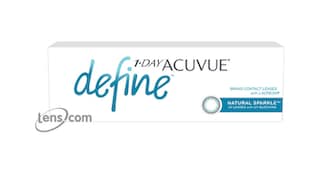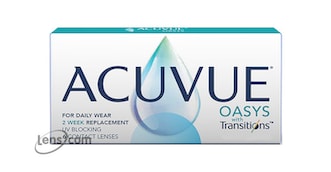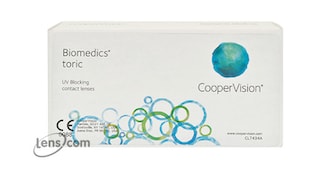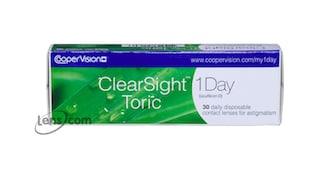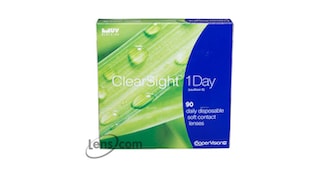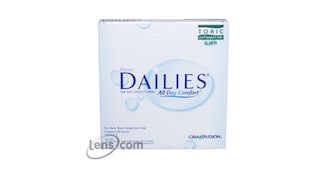Soft Contact Lenses
Soft contact lenses are made of either hydrogel or silicone hydrogel, and are generally easier to adjust to and more comfortable than hard contacts. They’re also the most commonly prescribed type of contacts.
Lens.com has been offering high-quality soft contact lenses at discount prices for over 20 years. Choose from a variety of soft lenses, from Acuvue, Biofinity & more, and enjoy hassle-free returns and a 100% money-back satisfaction guarantee.
| Most Popular Soft Contact Lenses Contact Lenses | |||
|---|---|---|---|
| All Soft Contact Lenses Contact Lenses | |||
|---|---|---|---|
| Soft Contact Lenses Contact Lenses With Rebates | |||
|---|---|---|---|
See All Available Soft Contact Lenses Rebates
About Soft Contact Lenses Contacts
Soft contact lenses are made of either hydrogel or silicone hydrogel. These soft, flexible plastics allow oxygen to pass through the lens and into the cornea — the clear front surface of the eye. Generally, soft contacts are easier to adjust to and are more comfortable than hard contacts. They’re also the most commonly prescribed contacts, as they can be used to correct many refractive errors, including nearsightedness, farsightedness, astigmatism, and presbyopia. Soft lenses include those that are approved for overnight wear and those that are not.
Features of Soft Contact Lenses
Today, contact lenses made of hydrogel and contact lenses made of silicone hydrogel are often lumped together under the term “soft contact lenses.”
Soft contact lenses were made possible in the 1960s by the development of water-loving polymers called “hydrophilic gels” or “hydrogels.”
Hydrogel is a thin and pliable polymer that easily conforms to the shape of the eye. Its biocompatibility with the human eye makes it an excellent material for contact lenses. Hydrogel can also hold large amounts of water. As such, hydrogel contact lenses are very comfortable to wear. Their gel-like consistency also makes them suitable for people with sensitive eyes or for those who suffer from dry eye syndrome.
Unfortunately, the water in hydrogel contact lenses gradually evaporates, making hydrogel contacts uncomfortable to wear for long periods. Hydrogel contacts also have fairly low oxygen permeability, and it is this feature that resulted in the introduction of silicone hydrogel contacts.
From the name itself, silicone hydrogel is a polymer that contains both silicone and hydrogel. Silicone is a gel-like polymer with a high degree of flexibility, which makes it a superb material for contact lenses. Like hydrogel, silicone hydrogel contains water. But unlike hydrogel, silicone hydrogel is porous and has high oxygen permeability, meaning they allow much more oxygen to pass through to the cornea than hydrogel contacts. As such, contact lens wearers are less likely to suffer from corneal hypoxia (lack of oxygen supply to the cornea) when wearing silicone hydrogel lenses. This is why silicone hydrogel contact lenses are more suitable for overnight or continuous wear than hydrogel ones.
Silicone hydrogel is also useful in the design of specialty contacts. For example, the greater lens mass necessary for the design of toric lenses benefit from using silicone hydrogels. This has enabled contact lens manufacturers to develop a wider variety of lens designs while still ensuring a healthy amount of oxygen reaches the cornea.
But silicone hydrogel contact lenses are not without disadvantages. One major disadvantage of silicone hydrogel lenses is their tendency to collect deposits more quickly than hydrogel contact lenses. As such, people with dry or sensitive eyes can’t wear silicone hydrogel contact lenses.
Keep in mind that neither hydrogel nor silicone hydrogel lenses can be considered the “best” contact lenses. Every eye is different, and all contact lens wearers have unique situations. Therefore, what’s best for you may not be best for other contact lens wearers and vice versa.
To determine the best lens material for your eye health needs, schedule a visit with your eye care professional (ECP).
Popular Soft Contact Lenses
Many popular brands of contacts are soft lenses. If you’re in the market for hydrogel contacts in particular, check out Proclear® 1-Day by CooperVision, Acuvue® 2 by Johnson & Johnson, or Biotrue ONEday by Bausch + Lomb. All three options have relatively high water content, which means they won’t easily dry out throughout the day. Their high water content also makes them incredibly comfortable from insertion to removal.
If you’re interested in silicone hydrogel contacts, check out other offerings under the Acuvue family of contacts. Acuvue VITA, for example, are a great choice for anyone looking for visual acuity, comfort, and UV protection in a monthly disposable lens. If you prefer something that can be worn overnight, check out Acuvue Oasys with HYDRACLEAR® PLUS Technology. These non-drying contacts are ideal for people who experience eye dryness during lens wear.
Other popular brands of silicone hydrogel contact lenses include Air Optix Aqua by Alcon, Biofinity by CooperVision, and PureVision 2 HD by Bausch + Lomb.
How Much Are Soft Contact Lenses?
Soft contact lenses can cost anywhere from $30 to $75 per box of six lenses. If you replace your contacts every two weeks, expect an annual lens cost of $300 to $750. Take note that you might spend more than that if your ECP recommends replacing your contacts more often. Likewise, expect to have a lower annual lens cost if you replace your contacts less often.
Soft Contact Lenses Compared
| Attribute | Biofinity Multifocal | Acuvue Oasys | Acuvue Oasys with Transitions | Air Optix Colors |
|---|---|---|---|---|
| Lens type | Bifocal Lenses | 1-2 Week Disposable | 1-2 Week Disposable | Color Disposable |
| Water content | 48% | 38% | 38% | 33% |
| Material Type | Silicone Hydrogel | Silicone Hydrogel | Silicone Hydrogel | Silicone Hydrogel |
| Approved for overnight wear | Yes | Yes | No | No |
| Cost per day | $0.15 | $0.14 | $0.34 | $0.19 |
| Lens.com rating | 9.4/10 | 9.3/10 | 9.4/10 | 9.3/10 |
How to Insert and Remove Soft Contact Lenses
Before you start, wash your hands thoroughly with a mild soap and dry them with a lint-free towel. Scoop your first lens out of the case with the index finger of your dominant hand. Rinse it with a multipurpose cleaning solution. Check that the lens isn't inside out and inspect it for any tears or debris. Using the middle finger of your dominant hand, pull down your lower eyelid. Stare straight ahead and gently place the lens on your eye. Blink a few times to center the lens. Repeat with the other lens.
To remove soft contact lenses, hold your eyelids open and gently pinch the lens between your index finger and thumb. Carefully lift the lens off of your eye. Repeat with the other lens.
About Lens.com
Lens.com has been proudly offering high-quality contact lenses at discount prices since 1995. Choose from a variety of our soft contact lenses and enjoy hassle-free returns, quick shipping, and a 100% money-back satisfaction guarantee.
